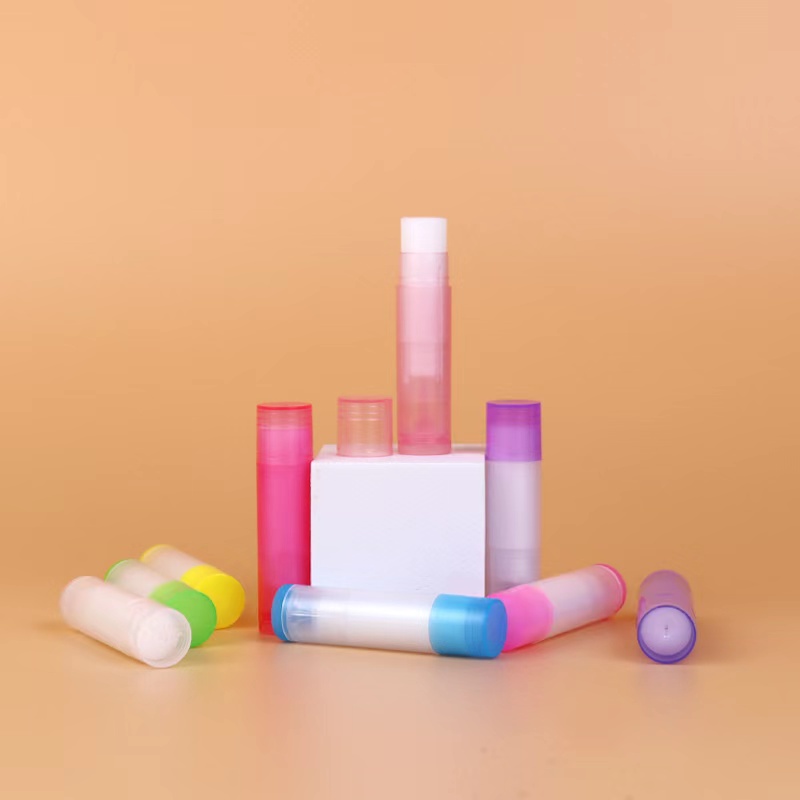The selection of fragrance and color options for hydration lip balm involves careful consideration of various factors, including consumer preferences, market trends, branding strategies, and product formulation.
Here’s how companies typically approach this process:
- Market Research: Companies conduct market research to understand consumer preferences, trends, and demands regarding fragrance and color options for hydration lip balm. This may involve surveys, focus groups, trend analysis, and competitor research to gather insights into popular scents, colors, and packaging designs.
- Target Audience: Companies identify their target audience and consider their preferences and lifestyle factors when selecting fragrance and color options for hydration lip balm. For example, different age groups, genders, and geographic regions may have varying preferences for scents and colors.
- Branding and Positioning: Fragrance and color options should align with the brand identity, positioning, and marketing message of the hydration lip balm product. Companies consider how scent and color choices contribute to brand differentiation, appeal to the target market, and reinforce brand values and attributes.
- Product Formulation: Fragrances and colors are incorporated into the formulation of the hydration lip balm product. Companies work with fragrance suppliers, flavor houses, and colorants manufacturers to select suitable ingredients that are safe, compatible with the formulation, and compliant with regulatory requirements.
- Fragrance Selection: Companies may choose from a wide range of fragrance options, including natural and synthetic fragrances, essential oils, botanical extracts, and fragrance blends. Fragrances are selected based on their compatibility with the lip balm base, stability over time, intensity, longevity, and sensory appeal.
- Color Selection: Companies select colors for hydration lip balm products based on consumer preferences, market trends, and branding considerations. Color options may include natural hues, vibrant shades, translucent tints, or shimmering effects. Pigments, dyes, and color additives are used to achieve the desired coloration.
- Testing and Evaluation: Before finalizing fragrance and color options, companies conduct testing and evaluation to assess the sensory attributes, stability, compatibility, and performance of the hydration lip balm formulations. This may involve sensory panels, hydration lip balm laboratory testing, stability studies, and consumer trials to ensure that the selected fragrances and colors meet quality standards and customer expectations.
- Regulatory Compliance: Companies ensure that fragrance and color options comply with regulatory requirements and safety standards for cosmetics and personal care products. This includes evaluating the safety and suitability of fragrance ingredients, color additives, and other formulation components to minimize risks of skin irritation, allergic reactions, or other adverse effects.
- Packaging Integration: Fragrance and color options are integrated into the overall packaging design of the hydration lip balm product. Companies consider how fragrance and color choices complement the packaging materials, label designs, and branding elements to create a cohesive and visually appealing product presentation.
By carefully selecting fragrance and color options for hydration lip balm products, companies can create formulations that resonate with consumers, enhance brand appeal, and deliver a pleasant sensory experience while providing effective hydration and protection for the lips.
